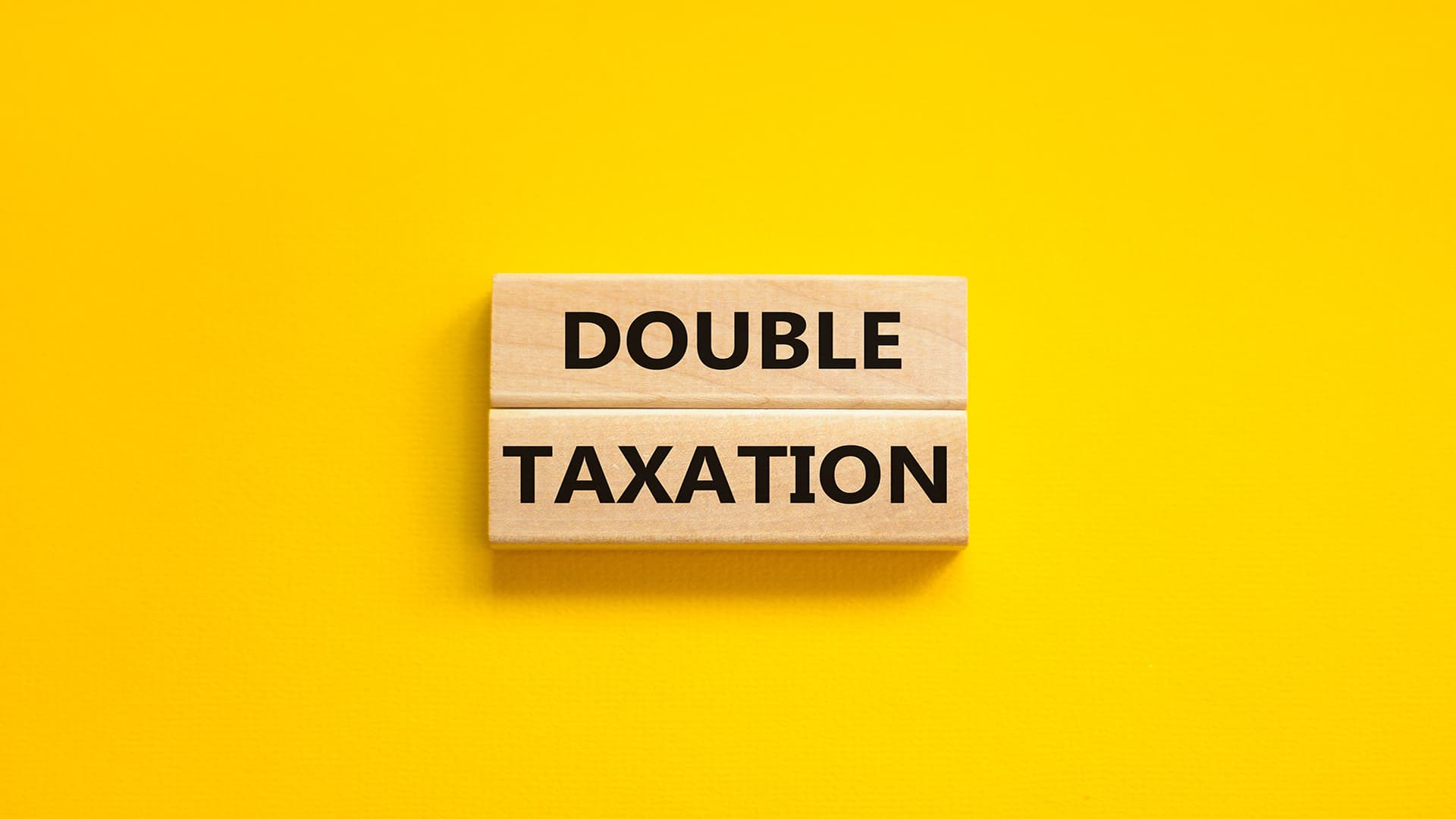
Top Tips To Ace Property Investment in the UK
Posted on: 11th December 2017 in
Mortgage & Property
Buying property anywhere is a huge step – so make sure you start by having a thorough look at the investment options available to you.
Property is so important to individuals, companies and governments that it’s no surprise there has arisen a number of ways in which it can be invested. There is arguably no more diverse asset class than property – what else can you both own and live in, except maybe a boat!? Certainly
the UK in Q3 this year has seen huge levels of investment in property compared to last year – so we know the market is alive and kicking!
DIRECT OWNERSHIP
Buying ‘bricks-and-mortar’
Buying a house or apartment is the most obvious way to invest in property. You can make a return in two main ways: selling higher than you bought – so-called ‘capital appreciation’ – and renting out to a tenant.
All homeowners hope for capital appreciation, but it is not the immediate concern if the property is their primary residence. The immediate concern is having somewhere to live! Ultimately, though, homeowners want their house to rise in value to profit when they sell-up – particularly when upgrading to a bigger house.
Physical property generally is at risk of a fall in price due to a dive in local, regional or national demand. Such a dive in demand might be sustained by wider economic uncertainty – so, bear in mind that both a whole country and the very street you live on are connected.
A property typically also has the characteristic of being ‘illiquid’ compared to other asset classes. This means, buying and selling takes time, particularly compared to buying shares in a trading account or units of funds in your savings plan or ISA. A downturn in property prices in your area could prolong your attempt to sell at a profit, too.
Property investment also has various costs at the outset, ranging from a tax on purchase (called Stamp Duty Land Tax in the UK) and a valuation. Furthermore, there are ongoing bills, maintenance requirements, and – in countries such as the UK – a council tax.
Buy-To-Let (BTL): BTL requires your property to be regularly inhabited by paying tenants. The relationship between the property’s price and its annual rental income is known in the industry as the rental ‘yield’. A good business plan is in place if the rental income covers the mortgage cost, and then some – but this is a situation put at risk when interest rates rise and the BTL mortgage in place is tracking the base rate of interest.
Buying ‘offplan’: where the property is yet to be built, or is currently being built – theoretically allows greater capital appreciation, since you’re buying at a discount to the expected market price of the finished property. Furthermore, placing just a deposit down on the property at the outset gives you time to save up and pay for the rest of the house or apartment upon completion.
Investors may also purchase offplan looking to rent out the property on completion. Here, the immediate consideration is not how much the unit can be sold for compared to the discount purchase price, but rather the potential rent accrual.
Purchasing at a discount, yet renting at market rates, improves the ‘rental yield’ (annual rent relative to purchase price) of the investment, allowing the investor to more than cover the cost of the mortgage and put the profit each month to a different use.
The drawbacks of offplan purchasing include the risk of a delayed or non-completion of the project, and that you cannot begin to receive rental income until the property is actually built and completed.
COLLECTIVE INVESTMENT
Real Estate Investment Trusts
Real Estate Investment Trusts (REITs) are pools of money that are invested in real estate, usually through investments in a number of different properties – ranging from residential buildings to shopping malls – and mortgages. Investors gain access to a range of property by buying shares in the REIT, and those shares are typically listed on stock exchanges so that they can be traded.
REIT shares give you exposure to a number of different properties at once. The returns come in two ways:
- Firstly, in selling shares which have risen in price. More specifically, a REITs shares related to the value of the underlying real estate, the so-called Net Asset Value (NAV).
- Secondly, returns come from dividends – a share of the total profit of the portfolio. REITs must pay out at least and from selling the shares at a profit on the exchange. Often these dividends give higher returns than a lot of regular company shares.
REITs historically have delivered long-term returns. Though this is also said of equities generally, REITs are also said to be ‘uncorrelated’ to the wider stock market – that is, REITs’ direct link to the real estate market means they don’t get affected by the same market conditions as regular company shares on a stock exchange.
REITs could be an interesting diversification for you personally if your savings plan up to now has been purely a portfolio of equity and bond-based funds. If you’re an investor-in-training, more details on REITs’ benefits can be
read here.
Funds
Investors can have similar exposure to an underlying portfolio of real estate through mutual funds and exchange-traded funds. Like REITs, mutual funds and exchange-traded funds are pooled funds that issues shares or units which can be invested in. Mutual funds shares also sell at their NAV.
Real estate bonds
Real estate bonds are similar to REITs in the sense that they invest in a wide range of properties or mortgages, giving investors exposure and therefore a return.
But real estate bonds differ from REITs in that the return is fixed rather than variable.
Bonds are chunks of debt, giving a fixed return – say 5%. That return is secured in this case by mortgages or so-called ‘trust conveyances’ of real estate. That fixed return compares to the varied returns of the share price and dividends of REITs. So while it gives a secure, predictable return – and quite generous return at that – an investor wouldn’t benefit from the rising values of the underlying real estate assets benefit. More information can be found
here.
Verdict
Investing in property is a tried-and-trusted way of investing mid-and long-term that, here at Holborn Assets, we encourage all savers to look at. There’s a number of instruments that mean you can get exposure without breaking the bank on a full mortgaged purchase. And, with diversification as the key to securing your family’s financial future, property is a reliable asset with which to diversify your savings portfolio.


















